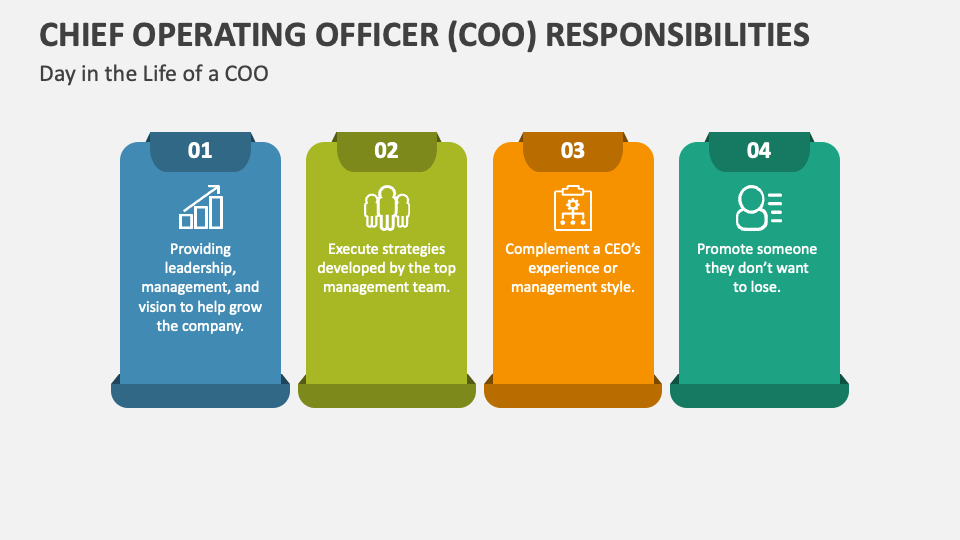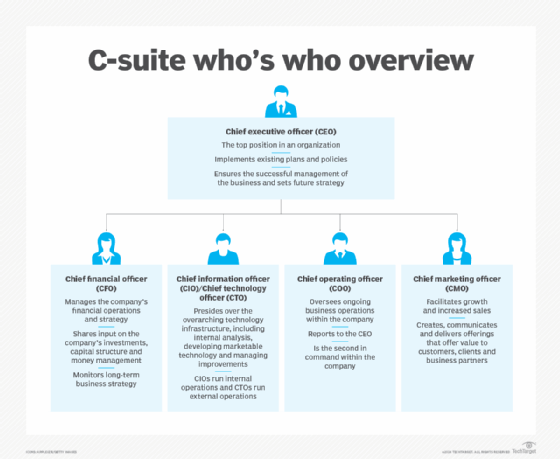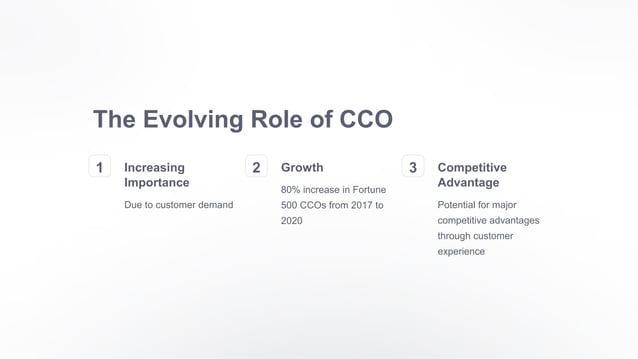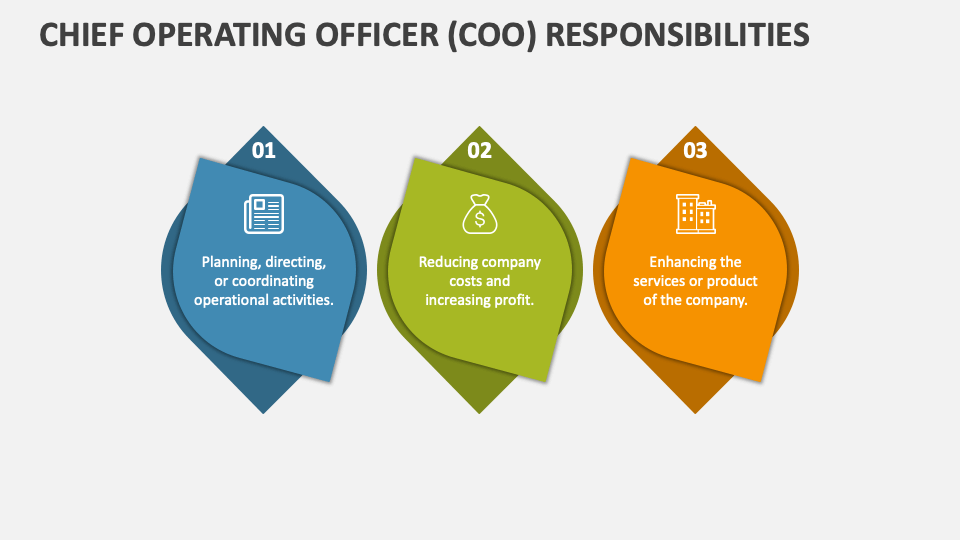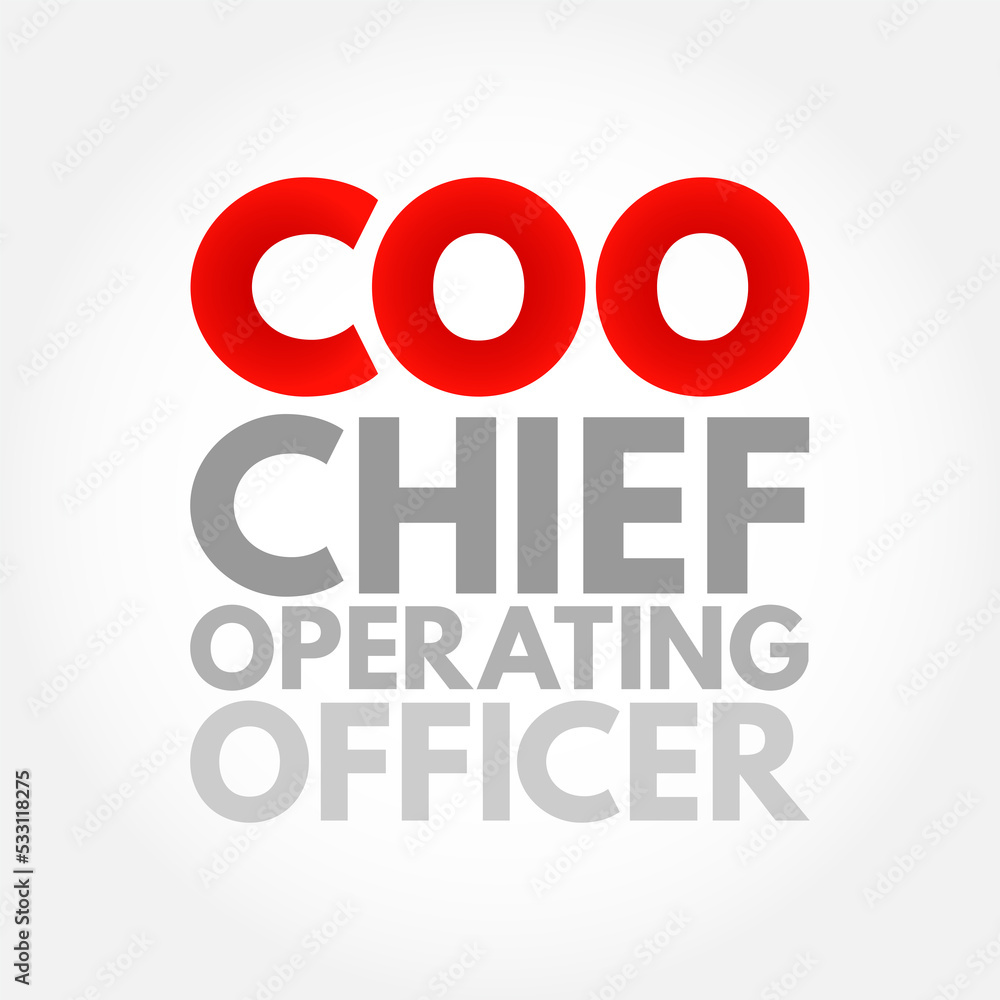Chief Operating Officer Vs Chief Operations Officer
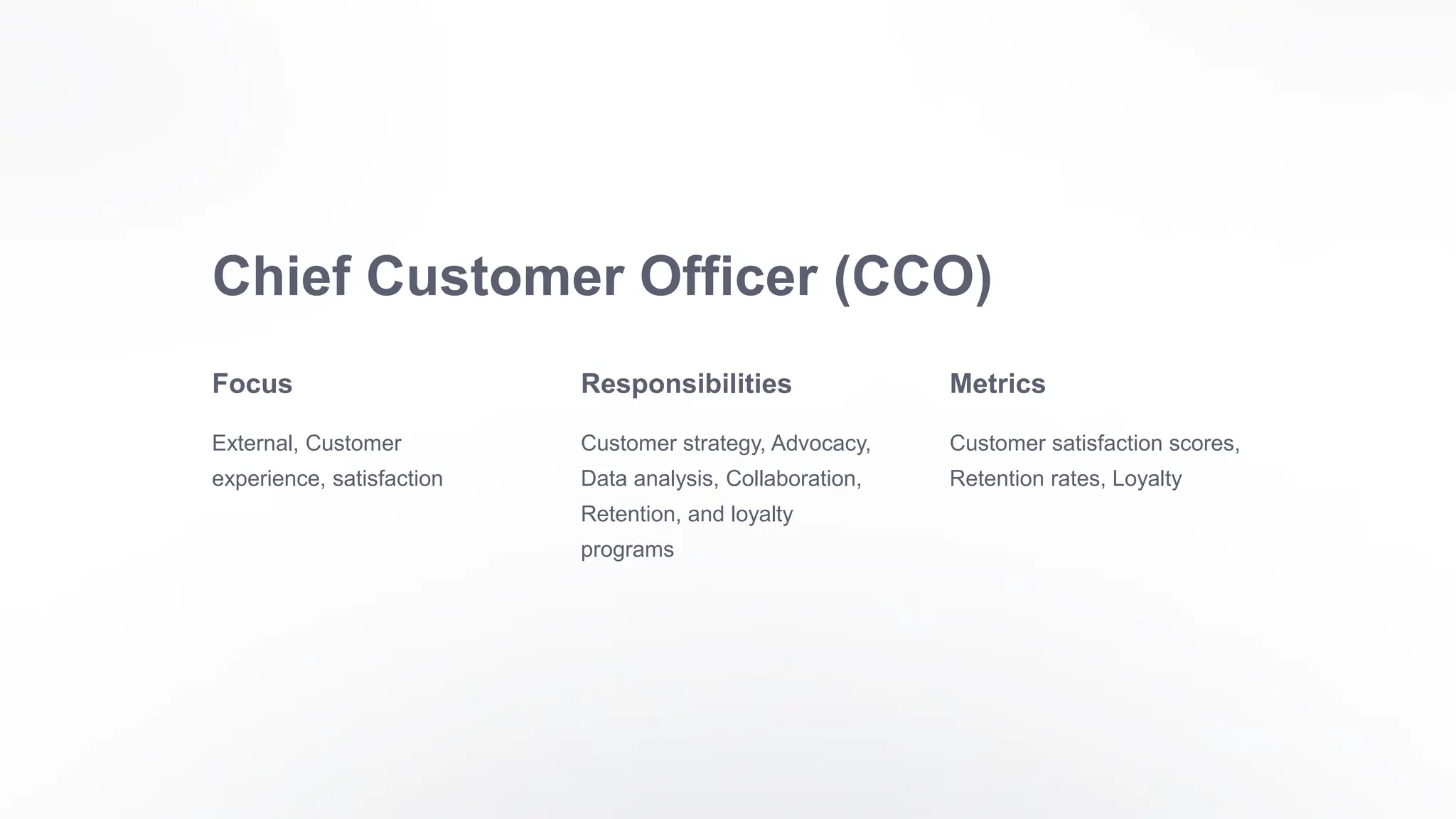
Confusion reigns in corporate boardrooms and HR departments nationwide. The battle between Chief Operating Officer and Chief Operations Officer is more than semantics; it's impacting job descriptions, organizational structures, and potentially, company performance.
This seemingly minor linguistic difference carries significant implications for roles, responsibilities, and ultimately, the strategic direction of a company. The subtle variation has sparked debate across industries, demanding immediate clarification for professionals and organizations alike.
The Core of the Conflict
The debate centers on whether "Operating" and "Operations" are interchangeable when defining the executive responsible for overseeing a company's day-to-day administrative and operational functions.
Proponents of Chief Operating Officer (COO) argue that "Operating" implies a broader scope, encompassing the overall functioning and strategic execution of the business. They believe this title reflects a more strategic role, directly involved in implementing the CEO's vision.
Conversely, those who favor Chief Operations Officer believe that "Operations" more precisely defines the function, focusing on the mechanics and processes of running the business efficiently. This interpretation often signifies a more tactical role centered on improving and managing internal operations.
Industry Divide and Data
A recent LinkedIn analysis reveals a slight preference for the Chief Operating Officer title, with approximately 60% of executive positions using it compared to 40% for Chief Operations Officer. This trend leans towards emphasizing the strategic influence of the role.
However, industries like manufacturing and logistics often prefer the Chief Operations Officer title. A survey conducted by the National Association of Manufacturers showed that 75% of manufacturing companies use Chief Operations Officer, reflecting the focus on streamlined production processes.
Smaller companies and startups are more likely to use the Chief Operating Officer title. Larger, more established organizations tend to vary based on internal structures and historical precedent.
Impact on Job Descriptions
The title choice directly influences the job description and responsibilities assigned to the role. Chief Operating Officer positions often include strategic planning, market analysis, and driving revenue growth.
In contrast, Chief Operations Officer roles typically focus on operational efficiency, supply chain management, and process optimization. These differences impact hiring decisions and employee expectations.
One HR professional, speaking on condition of anonymity, noted, "We recently restructured our C-suite and explicitly chose Chief Operating Officer to signal a more strategic mandate. The language matters, and it impacts who we attract and how we define success."
Examples in Practice
Apple famously uses the title Chief Operating Officer, currently held by Jeff Williams. His responsibilities encompass global operations, customer service, and ensuring smooth execution of Apple's product launches.
Amazon, while not officially having a single individual with either title across the entire corporation, utilizes roles such as "Senior Vice President, Worldwide Operations." This reflects a de-centralized approach with specific operational leadership within individual divisions.
Many mid-sized companies, such as regional banks and healthcare providers, have begun standardizing towards Chief Operating Officer to elevate the role beyond pure operational oversight.
Legal and HR Considerations
The legal ramifications of using one title over the other are minimal, as long as the job description accurately reflects the actual responsibilities. However, discrepancies can lead to employee dissatisfaction and potential legal challenges.
HR departments are advised to carefully define the scope of the role and ensure clarity in the job description, regardless of the chosen title. This prevents ambiguity and sets clear expectations for performance.
Companies should also review their internal policies and org charts to ensure consistency in titling and role definitions. This helps maintain internal clarity and avoid potential confusion among employees.
The Path Forward
The debate surrounding Chief Operating Officer vs. Chief Operations Officer is unlikely to disappear soon. Companies must prioritize internal alignment and clearly define the strategic versus tactical nature of the role.
HR professionals need to lead the charge in standardizing job descriptions and ensuring consistency across the organization. This includes conducting internal audits and updating job titles as needed.
The Society for Human Resource Management (SHRM) is expected to release updated guidelines on executive titling within the next quarter, offering further clarity and best practices for navigating this complex issue. Monitor SHRM resources for further developments.

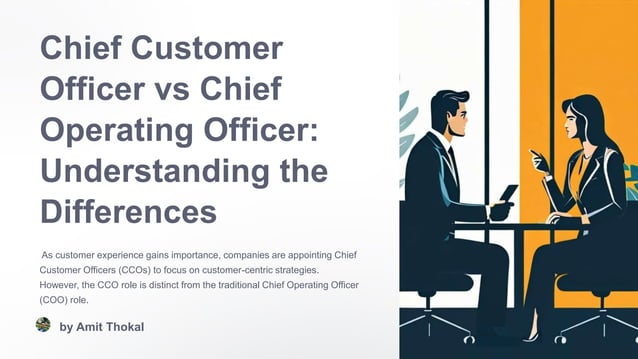
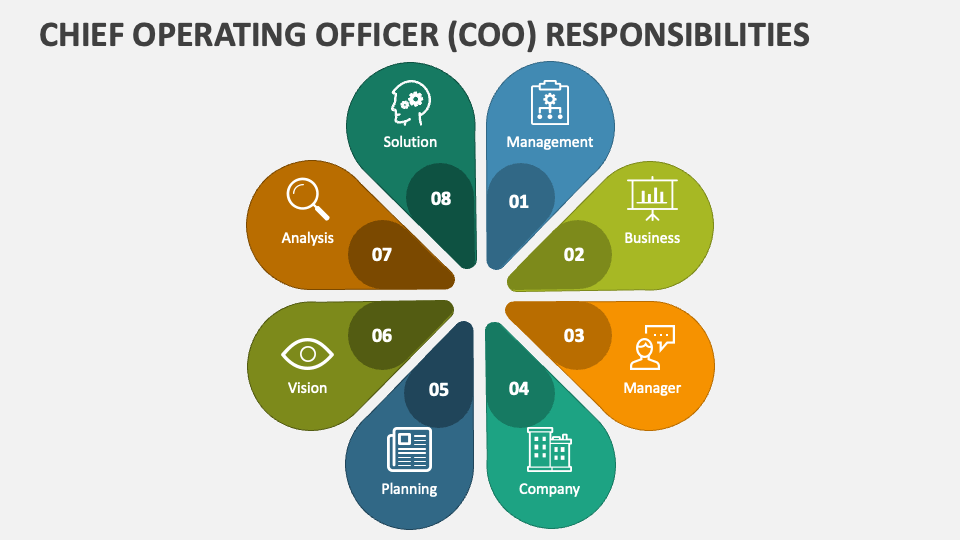
:max_bytes(150000):strip_icc()/what-is-a-coo-4172823-final-9b1466644716410f8fb9708042400e38.png)
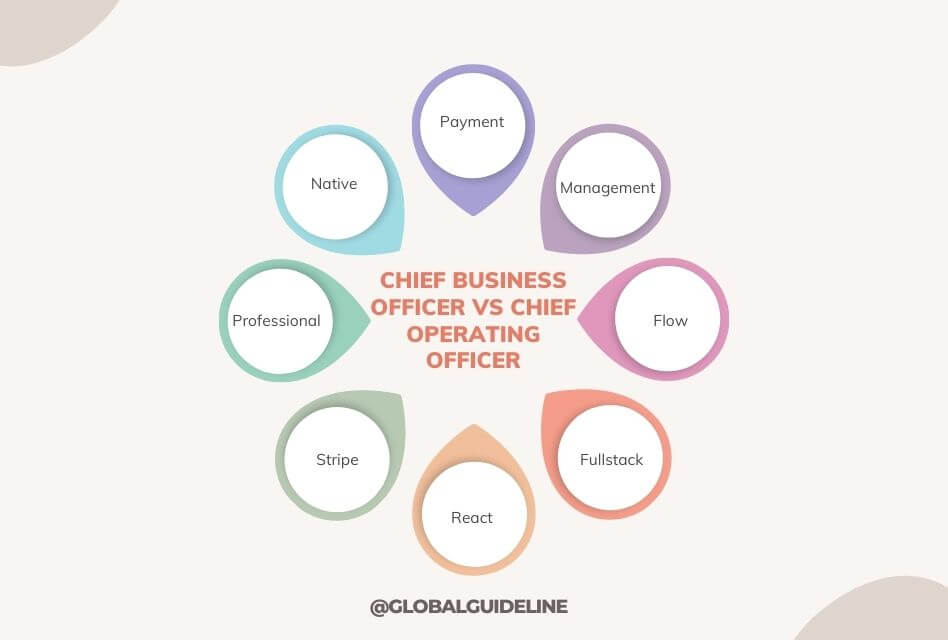


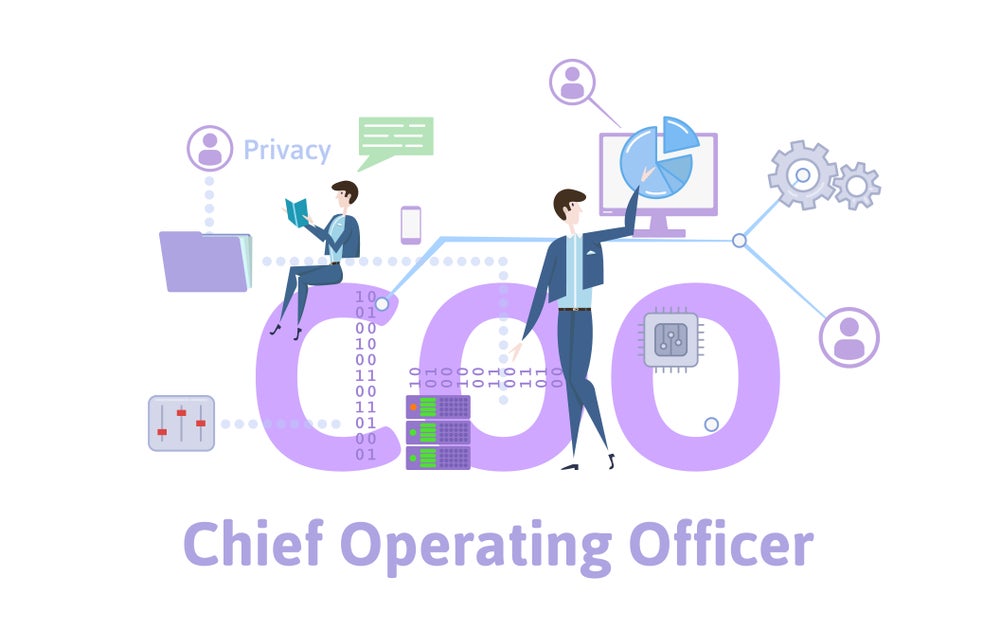

![Chief Operating Officer Vs Chief Operations Officer [STARTUP] Business Operations: Organizational Chart — CHIEF OPERATING](https://miro.medium.com/max/2000/1*Rz1qVaDJQC4JyGC7mBpu3Q.png)
